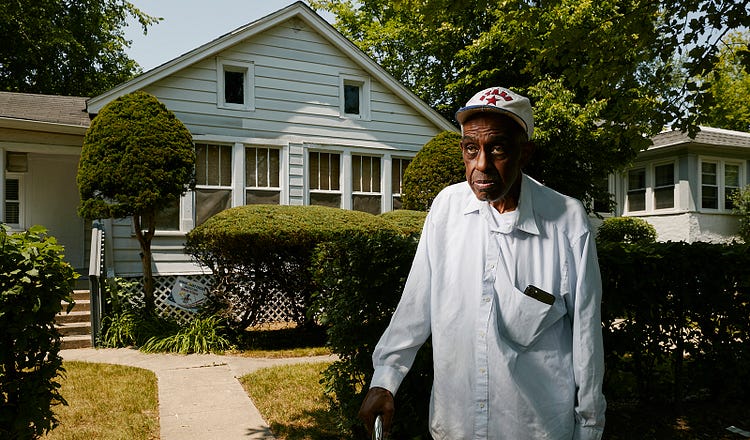What Happened When One Illinois Town Passed Reparations

Louis Weathers, 88, at the home he’s owned for more than 60 years in Evanston, Illinois, on June 23, 2023. (Mustafa Hussain for The Free Press)
Is Evanston a model for the rest of the nation? Or a cautionary tale? A story of idealism meeting reality.
808
Louis Weathers came into this world 70 years after the Civil War ended, 70 years after slavery was abolished in the United States. And yet in 1935, when his mother went into labor, the local hospital in Evanston, Illinois, wouldn’t admit her because of her skin color. Louis’s father had to drive her two hours to a hospital that would let a black woman g…
Continue Reading The Free Press
To support our journalism, and unlock all of our investigative stories and provocative commentary about the world as it actually is, subscribe below.
$8.33/month
Billed as $100 yearly
$10/month
Billed as $10 monthly
Already have an account?
Sign In

